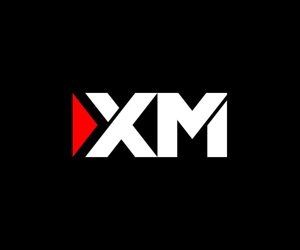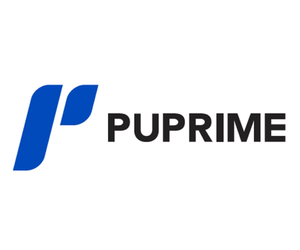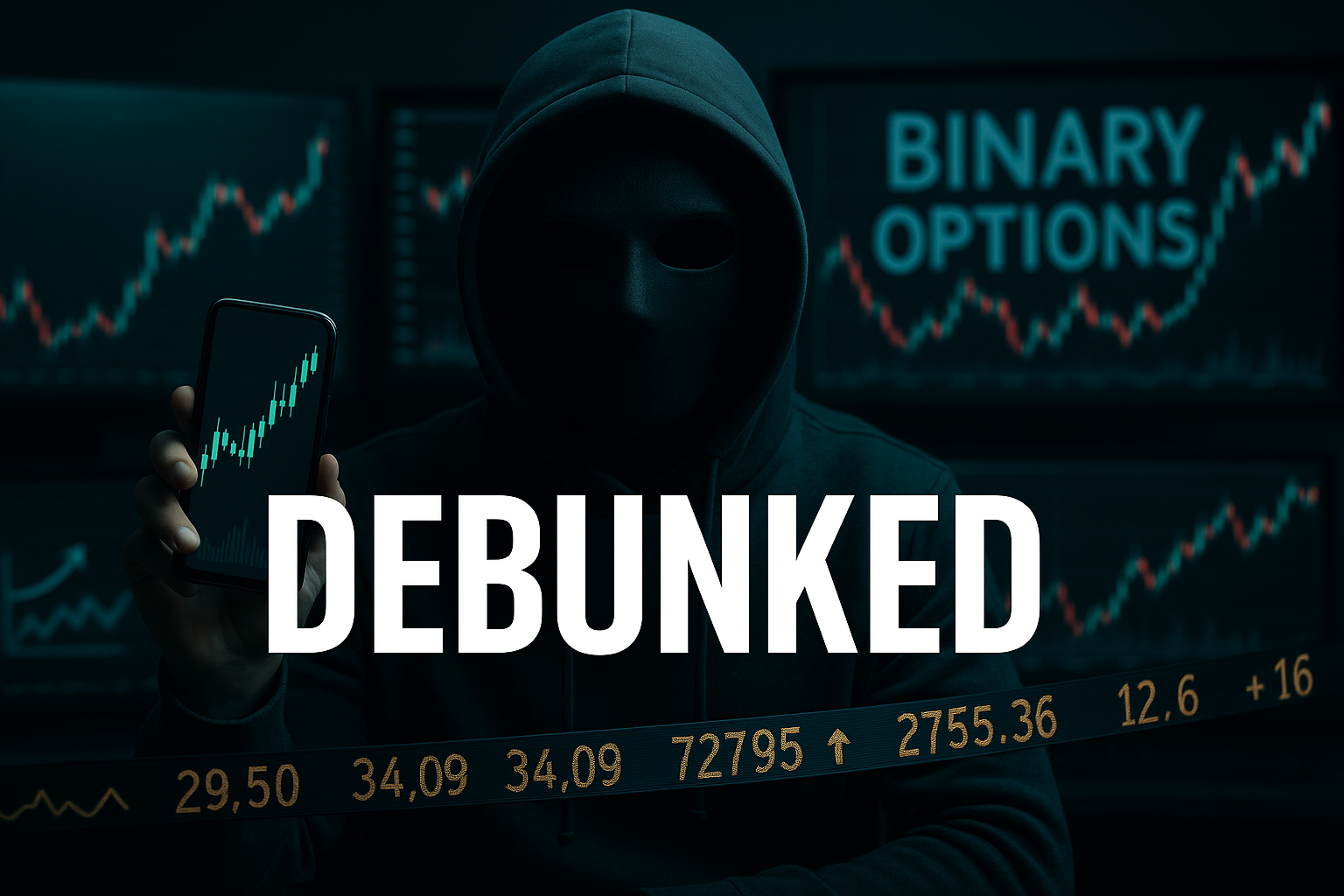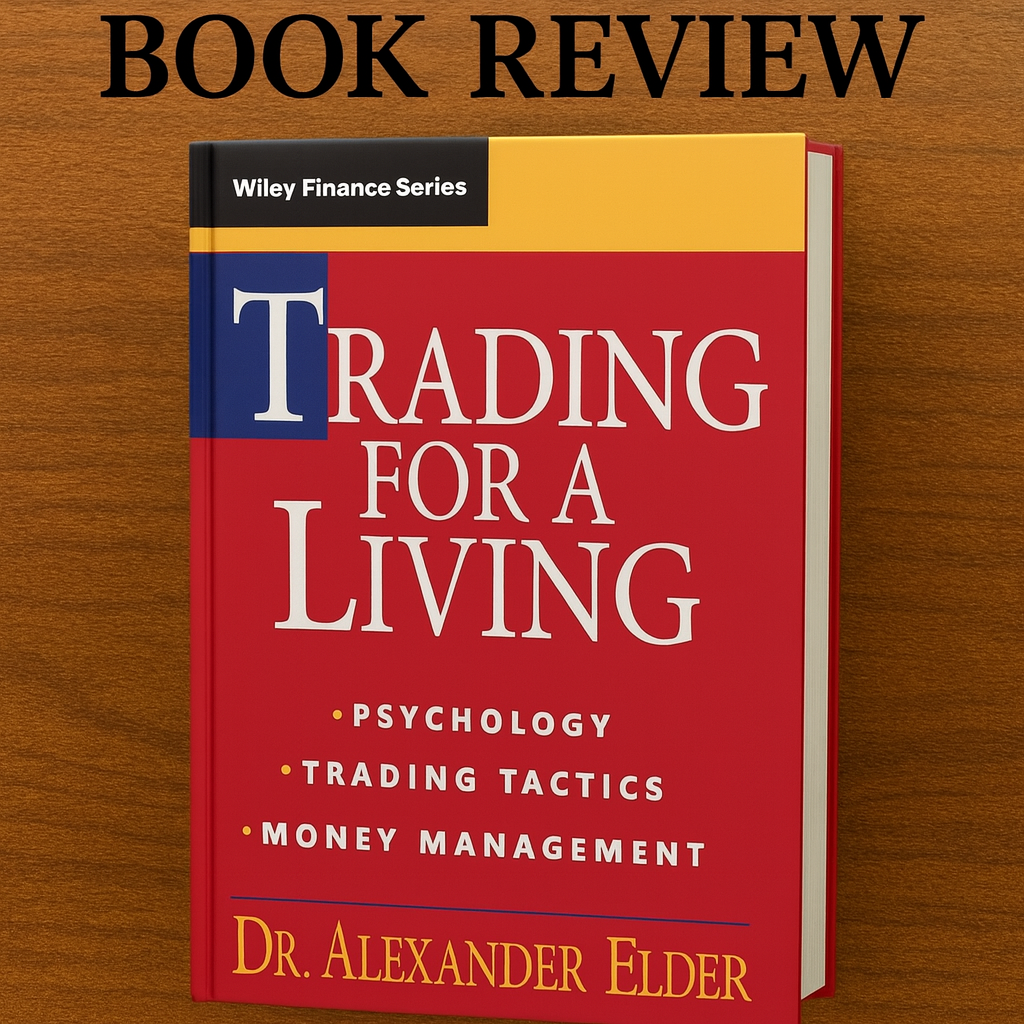Scrolling through Facebook, Instagram or TikTok, you may be stopped by an ad featuring someone who looks a lot like you—next to a gleaming yacht or sports car. They claim that, just months ago, they were broke or unemployed, and now they’re living in luxury thanks to binary options trading on platforms such as ExpertOptions. Their message is simple: deposit a few hundred dollars, follow a click-by-click guide, and watch your money multiply. For newcomers chasing financial freedom, the pitch is seductive. Yet beneath those curated snapshots and green-tinted balances lies a system engineered to favor the broker at your expense.
The Social Media Mirage
Binary options are marketed as “democratized” finance, promising 80 percent returns on 60-second bets. Slick influencers post montage videos of consecutive wins; weekend warriors share screenshots of six-figure balances. But these ads hide two critical realities: the payout ratios are deliberately set below true 50/50 odds, and many aggressive platforms operate offshore, beyond the purview of major regulators such as the U.K. Financial Conduct Authority (FCA) or Australia’s ASIC. Before clicking “Sign Up,” it pays to understand how binary options differ from regulated derivatives—and why that difference matters.
Vanilla Options: The Original Hedging Tool
To see the contrast, start with vanilla options—the bedrock of professional risk management:
- Call and Put Contracts. A call grants the right (but not the obligation) to buy an asset at a specified strike price before or at expiration; a put grants the right to sell.
- Premiums and Defined Risk. The buyer pays a premium—akin to an insurance fee—that caps the maximum loss at that amount.
- Unlimited Upside. If the market surges above the strike, profits climb without theoretical limit; if it falls, losses never exceed the premium.
- Exchange Oversight. Vanilla options trade on regulated venues (e.g., CBOE, Eurex), where clearinghouses guarantee performance and published data enforce fair pricing.
Originally devised to protect commodity producers, corporate treasurers and institutional investors against adverse price moves, vanilla options marry leverage with disciplined risk control.
Binary Options: A Simplified, Rigged Bet
Binary options reduce that sophistication to a two-outcome wager: win a fixed payout or lose your entire stake. The mechanics appear straightforward:
- Direction Bet. You predict whether an asset—EUR/USD, gold or a stock index—will close above (a “call”) or below (a “put”) a strike price at a designated expiration.
- Fixed Payout Structure. A successful $100 bet returns $180 (your stake plus $80 profit); a loss forfeits the full $100.
- Ultra-Short Expirations. Contracts can expire in 30 seconds, one minute or up to several hours, incentivizing rapid wagers.
This simplicity masks a negative-sum game. In 100 evenly balanced trades (50 wins, 50 losses), a trader receives 50 × $180 = $9,000 in returned stakes but pays out 100 × $100 = $10,000, yielding an automatic $1,000 profit for the broker.
| Trades | Bets Placed | Amount Collected | Amount Returned | Broker’s Edge |
| 50 Wins | 50 × $100 | $5,000 | 50 × $180 = $9,000 | n/a |
| 50 Losses | 50 × $100 | $5,000 | $0 | n/a |
| Total | 100 Bets | $10,000 | $9,000 | $1,000 |
Offshore Risks and Price Manipulation
Binary options have been outright banned in most highly regulated jurisdictions—FCA in the U.K., ASIC in Australia, and IIROC in Canada—because the lack of a central exchange makes price manipulation all too easy. Brokers like ExpertOptions operating offshore can quietly shift the expiration quote by a fraction of a pip or rewrite server logs, turning what looks like a winning trade into a loss. Static mobile screenshots in slick ads never reveal the full audit trail or raw tick data, so traders can’t verify outcomes. Without enforced, on-exchange pricing rules and third-party oversight, regulators concluded the product is inherently prone to fraud and must be prohibited to protect investors.
Comparing Expiry-Limited Options vs. Open-Ended Spot/CFD
- Vanilla Options. Expirations range from days to months, giving traders time to adjust or roll positions.
- Binary Options. Expire within seconds or hours, offering no recovery window if the market veers slightly against you.
- Spot/CFD Markets. Positions remain open until you close them—no strike price, no forced expiration—while still permitting high leverage (often up to 100:1).
Unlike binary options, spot or CFD trading lets you manage margin calls, employ stop-loss orders and hold through short-term volatility—tools unavailable when a contract expires mid-move.
A Cautionary Tale: Maria’s Loss
Maria, 27, opened a $100 account after seeing an ad and alternated $100 bets—winning $80 one trade and losing $100 the next—cycling through win, loss, win, loss until her balance plunged from $100 to $0 by her tenth trade, underscoring the negative-sum trap of binary options.
ExpertOptions: Aggressive Marketing, Limited Accountability
ExpertOptions spends heavily to dominate feeds, but its jurisdiction—St. Vincent and the Grenadines—offers minimal investor protection. Always review a broker’s “client restrictions” list: the more countries a platform excludes, the greater the likelihood it’s avoiding stringent regulators. A reputable broker does not just openly disclose where it does and does not accept business, but usually restricts clients only from sanctioned countries and the US, which is a whole different story.
Protecting Your Capital
- Choose Regulated Products. Trade vanilla options on established exchanges or use spot/CFD platforms overseen by FSC, FCA, ASIC or equivalent bodies.
- Scrutinize Payout Ratios. If a broker offers less than 100 percent return on winning bets, recognize the built-in disadvantage.
- Avoid Ultra-Short Expirations. Contracts that expire in seconds magnify bid-ask spreads and execution lag.
- Educate Yourself. Leverage free courses from the Options Industry Council, Investopedia or our own fstrading.school before putting real money at risk.
Conclusion
The siren call of binary options—sparkling cars and fast money—belies a framework designed to turn 50/50 odds into a broker’s consistent edge. By understanding the distinctions between negative-sum binary bets and the nuanced leverage of vanilla options, recognizing offshore manipulation tactics, and opting for regulated markets, investors can steer clear of the most pernicious scams. In trading transparency and due diligence remain your most powerful defenses.








